Frequently Asked Questions
1. What is an EDC knife?
2. How often should I sharpen my EDC knife?
3. What is the best way to clean the blade of my pocket knife?
4. What type of lubricant should I use for my EDC knife?
5. What are the best practices for storing my pocket knife?
In the world of outdoor adventure, survival, and everyday carry, having reliable equipment is crucial. Among these tools, EDC knives stand out for their versatility and functionality. However, to ensure that your pocket knife remains effective, regular maintenance is key. This guide offers proven maintenance tips for your pocket knife, helping you keep your EDC knives in optimal condition, ready for any task.
Understanding Your Pocket Knife
Before diving into maintenance tips, it’s important to understand the components of your pocket knife. EDC knives typically consist of a blade, handle, pivot, and various locking mechanisms. Each of these parts requires different care techniques to maintain the knife’s overall performance.
The Blade: The Heart of Your EDC Knife
The blade is arguably the most important part of any pocket knife. A sharp blade makes cutting tasks easier and safer. Here are some tips to keep your blade in prime condition:
- Regular Sharpening: Keeping your blade sharp is essential. Depending on how often you use your EDC knives, you may need to sharpen them every few months or after extensive use.
- Use a Quality Sharpener: Invest in a good quality sharpening tool designed for EDC knives, maintaining the edge without damaging the blade.
- Be Mindful of Blade Material: Different blade materials require unique sharpening techniques. Research the specific needs of your knife's material.
Cleaning the Blade
Regular cleaning is key to preventing rust and corrosion. Here’s how to clean your blade properly:
- Wipe After Each Use: Whether it’s dirt or food particles, wiping down the blade after each use will reduce the accumulation of grime.
- Soapy Water Rinse: For deeper cleaning, a mild soap solution can help. Wipe down the blade, but avoid submerging the entire knife in water.
- Dry Thoroughly: After cleaning, make sure to dry the blade completely to prevent rust formation.
Caring for the Handle
The handle of your pocket knife also deserves attention. A well-maintained handle ensures that you have a firm grip, increasing safety during usage.
Regular Inspection
Check your handle for signs of wear or damage regularly:
- Inspect for Cracks: Look for any cracks or chips that could compromise the handle’s integrity.
- Check the Fittings: Ensure that all screws and fittings are tight and secure; loose components can lead to serious accidents.
Cleaning the Handle
Sweat, dirt, and oils from your hands can accumulate on the handle. Follow these tips to keep it clean:
- Wipe Clean: Use a damp cloth to wipe the handle after each use, removing oils and dirt.
- Deep Clean Occasionally: For materials like wood, use a suitable cleaner or polish to maintain its appearance. For synthetic materials, soap and water can suffice.
Lubrication: A Key to Smooth Operation
Lubrication is often overlooked but is crucial to the overall performance of your EDC knives. A well-lubricated knife operates smoothly and can extend the lifespan of the pivot and locking mechanisms.
Selecting the Right Lubricant
Not all lubricants are created equal. Choose a product specifically formulated for knives. Here are some options:
- Oil vs. Grease: Oil is preferable for most pocket knives as it penetrates better and keeps moving parts lubricated.
- Dry Lubricants: For those who use their knives in dirtier environments, consider a dry lubricant that repels dirt and debris.
How to Apply Lubricant
Applying lubricant correctly is vital. Here’s a step-by-step approach:
- Open the knife to a safe position.
- Apply a few drops of lubricant to the pivot area.
- Open and close the knife several times to distribute the lubricant evenly.
- Wipe away any excess to prevent dirt accumulation.
Storing Your Pocket Knife
How you store your EDC knives can significantly affect their condition. Proper storage can prevent rust, damage, and wear.
Choosing the Right Environment
Consider the conditions of your storage area:
- Avoid Humidity: Store your knife in a dry place to avoid rust and corrosion. Desiccants or silica gel packets can help absorb moisture.
- Use a Knife Roll or Case: A dedicated storage solution can prevent scratches and damages from other tools.
Long-Term Storage
If you're storing your pocket knife for an extended period, take these additional precautions:
- Oil the Blade: A thin layer of oil applied to the blade can protect against moisture.
- Keep It Covered: Consider using a protective sheath or case to shield it from the elements.
Regular Maintenance Schedule
To keep your pocket knife performing at its best, establish a regular maintenance schedule. Consistency is key:
- Weekly Checks: Perform a visual inspection and clean the blade and handle.
- Monthly Sharpening: If used frequently, plan on sharpening your knife monthly.
- Annual Deep Clean: Dedicate time once a year for a thorough cleaning and maintenance routine.
Additional Resources for Knife Enthusiasts
For those who want to deepen their knowledge on maintaining EDC knives, consider exploring the following resources:
- YouTube Tutorials: Video demonstrations can provide helpful visual guidance on sharpening and maintenance techniques.
- Forums and Communities: Engage with other knife enthusiasts to share tips and experiences.
- Knife Maintenance Books: Look for books dedicated to knife care for in-depth knowledge.
Taking Pride in Your EDC Knives
Ultimately, the enjoyment of owning pocket knives comes from understanding how to care for them properly. Regular maintenance not only enhances their functionality but also showcases your commitment as a user. Show love to your EDC knives, and they'll be ready and reliable companions in all your adventures!































































































































































































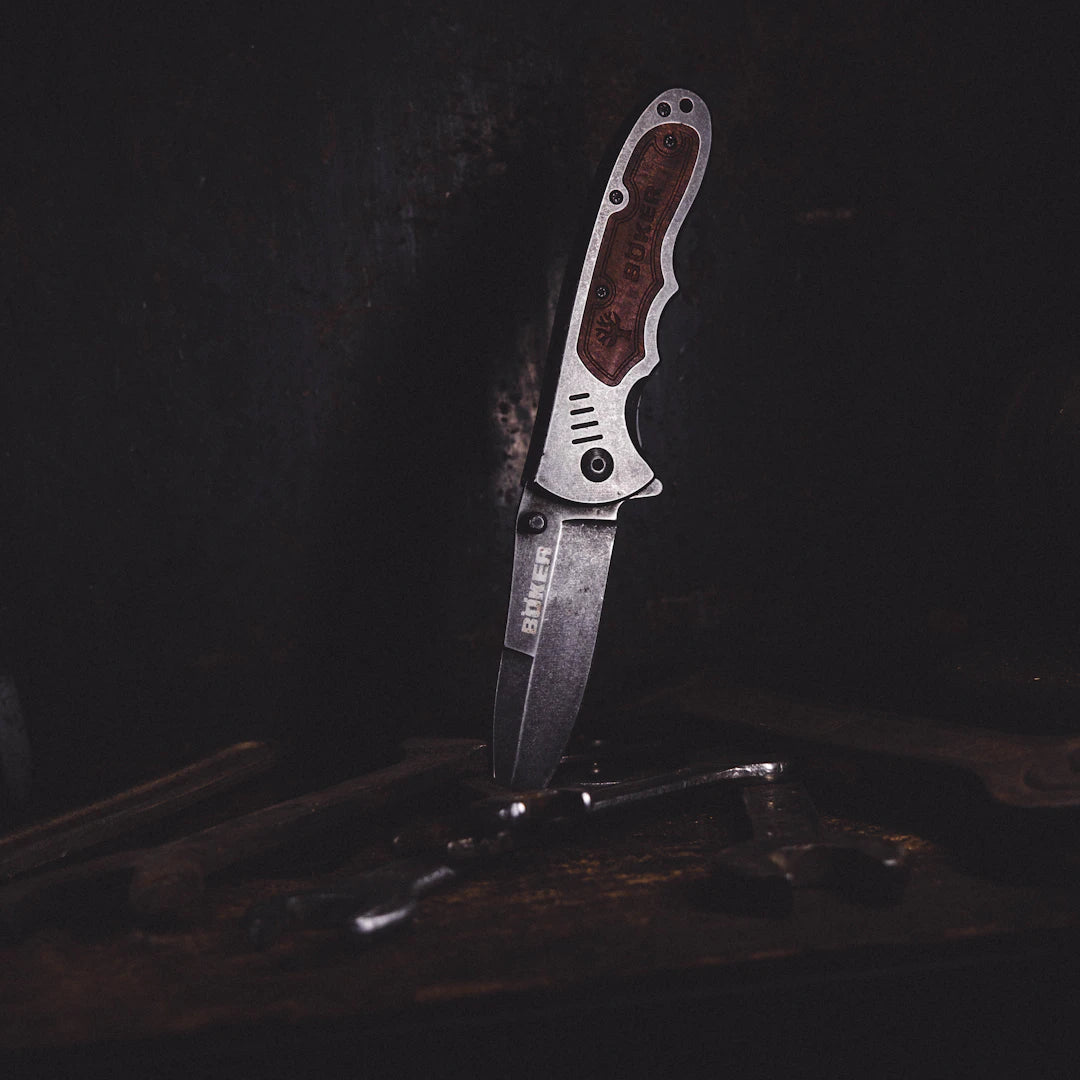



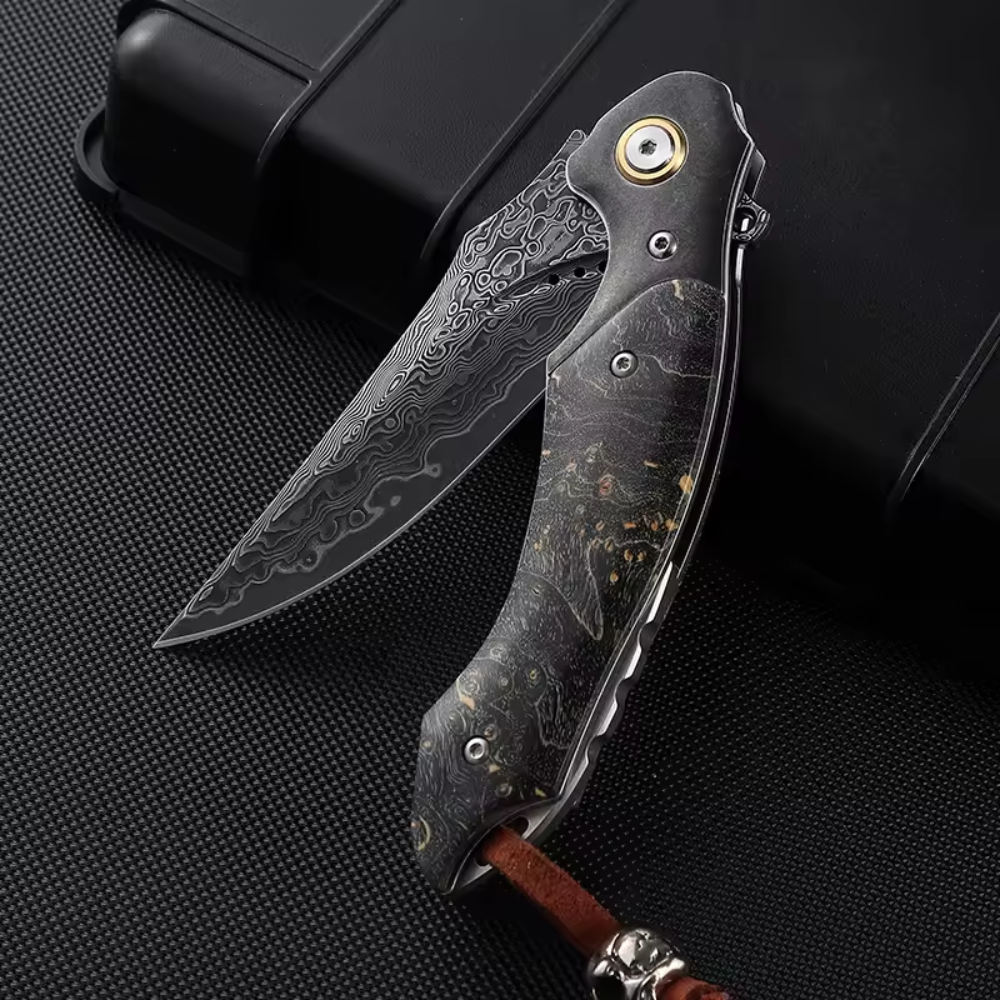
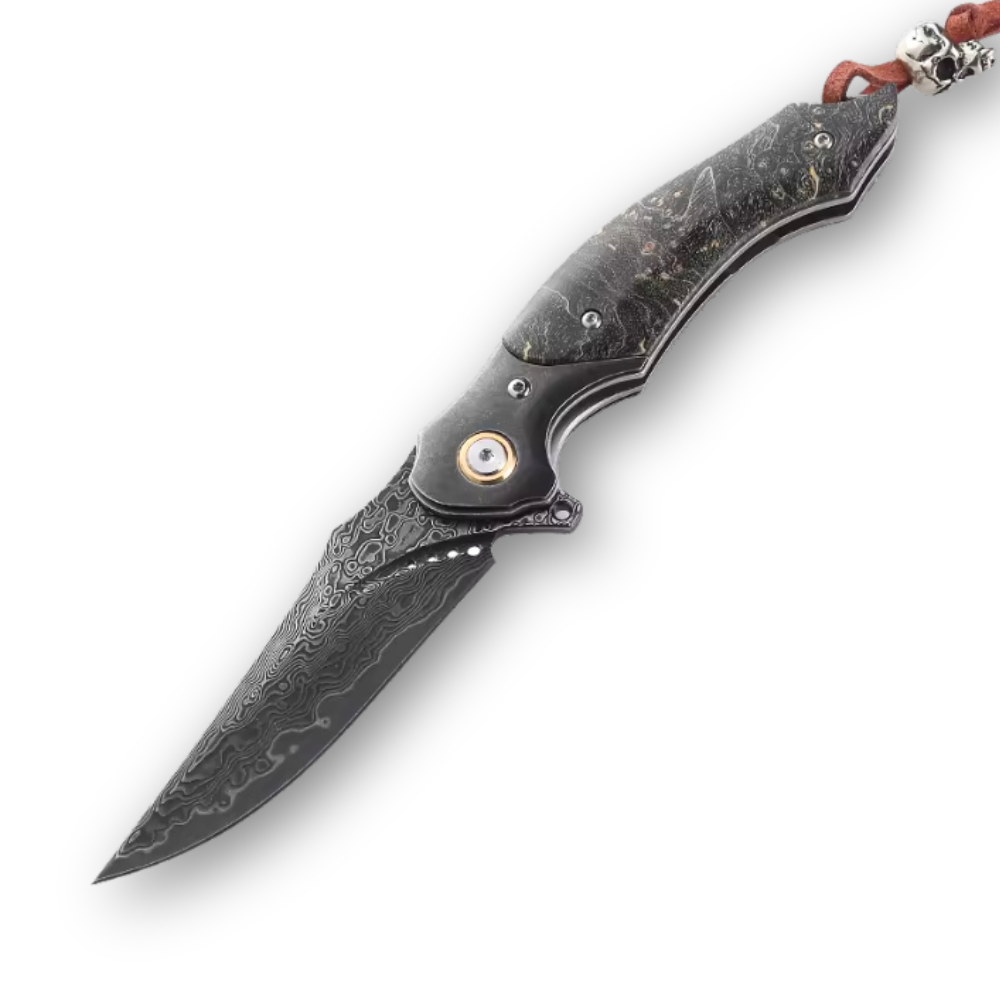
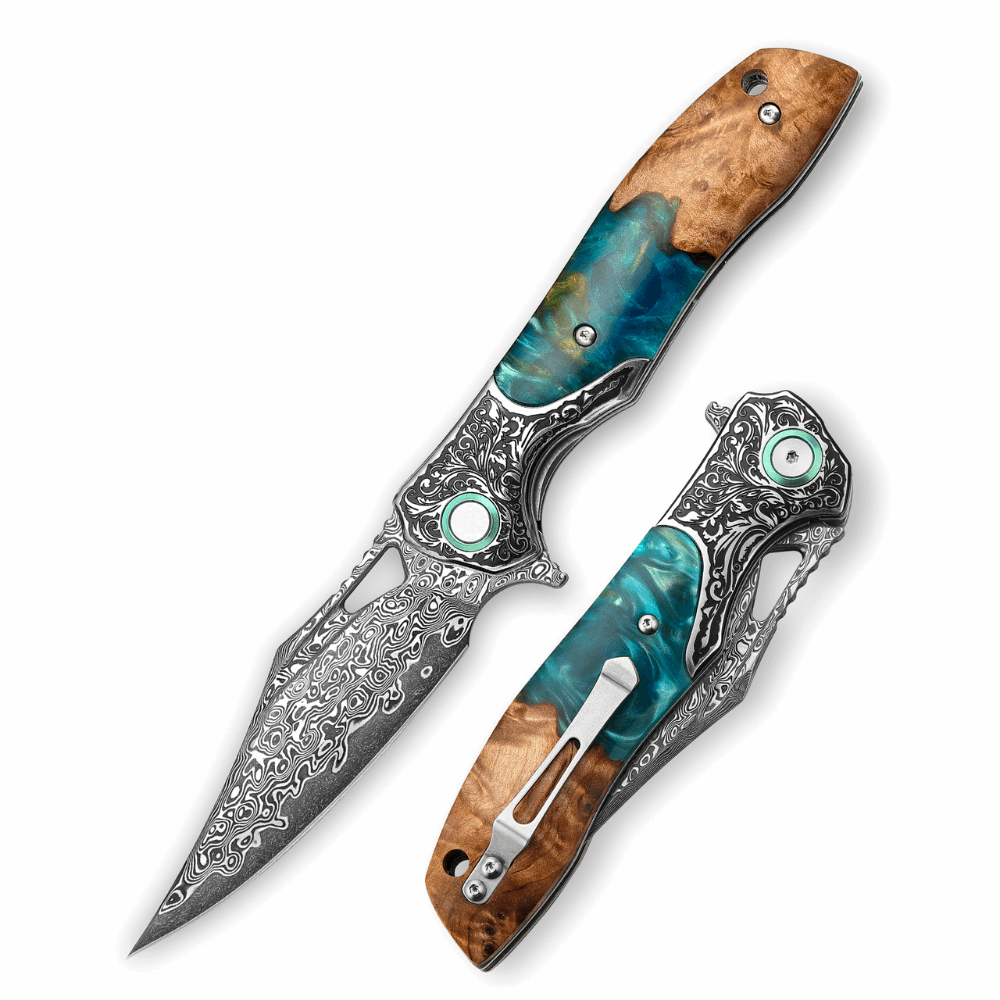
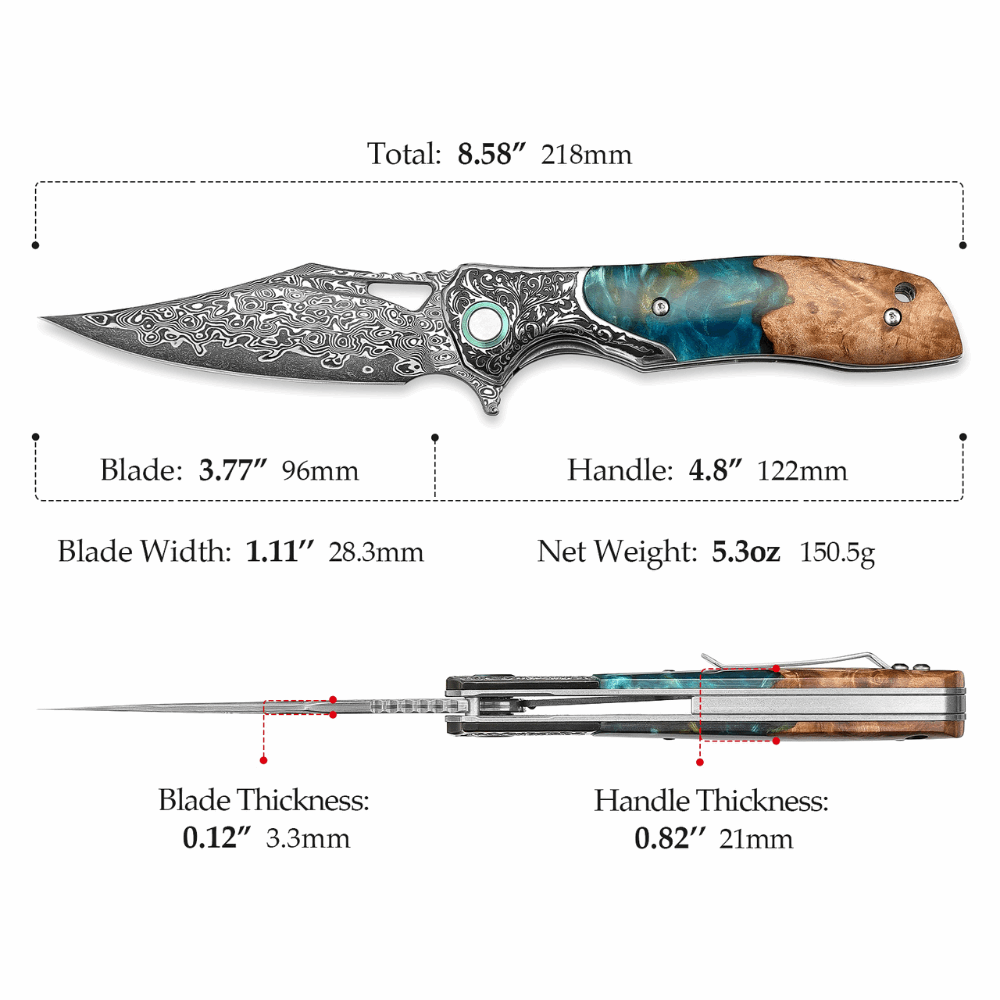
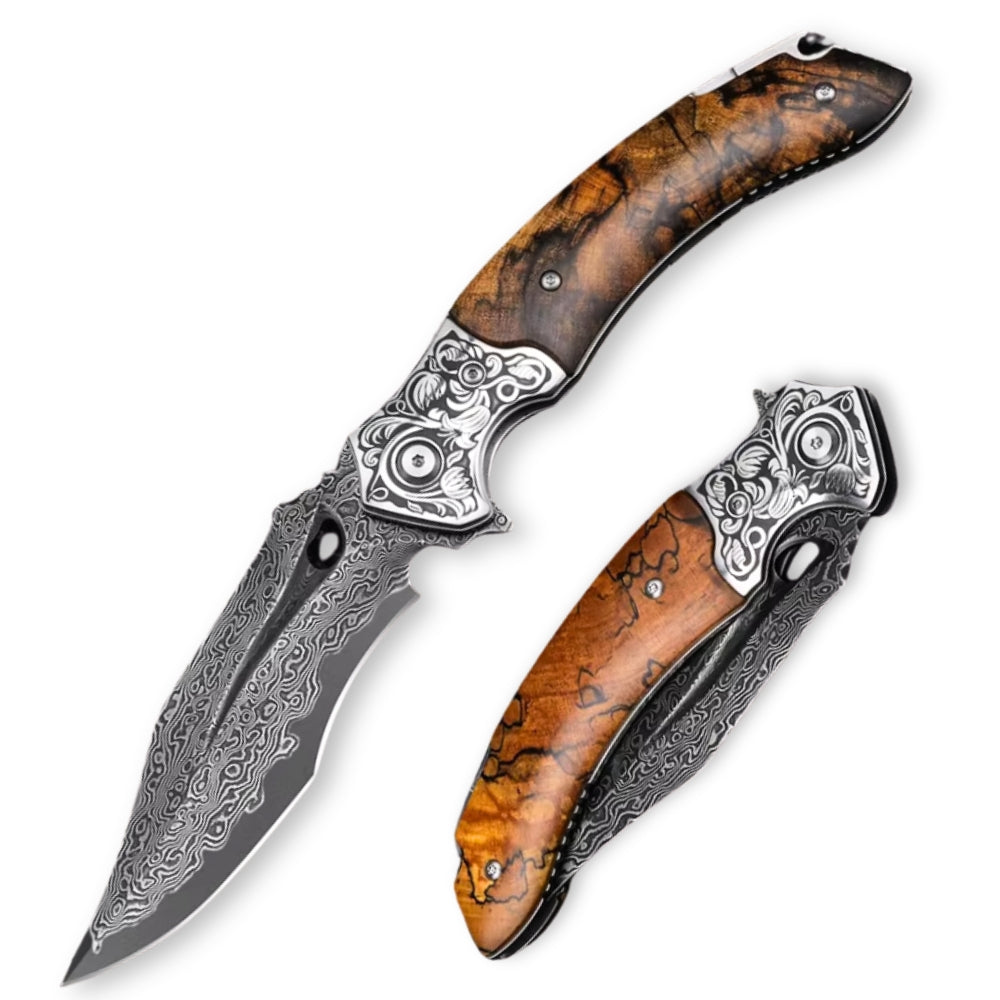

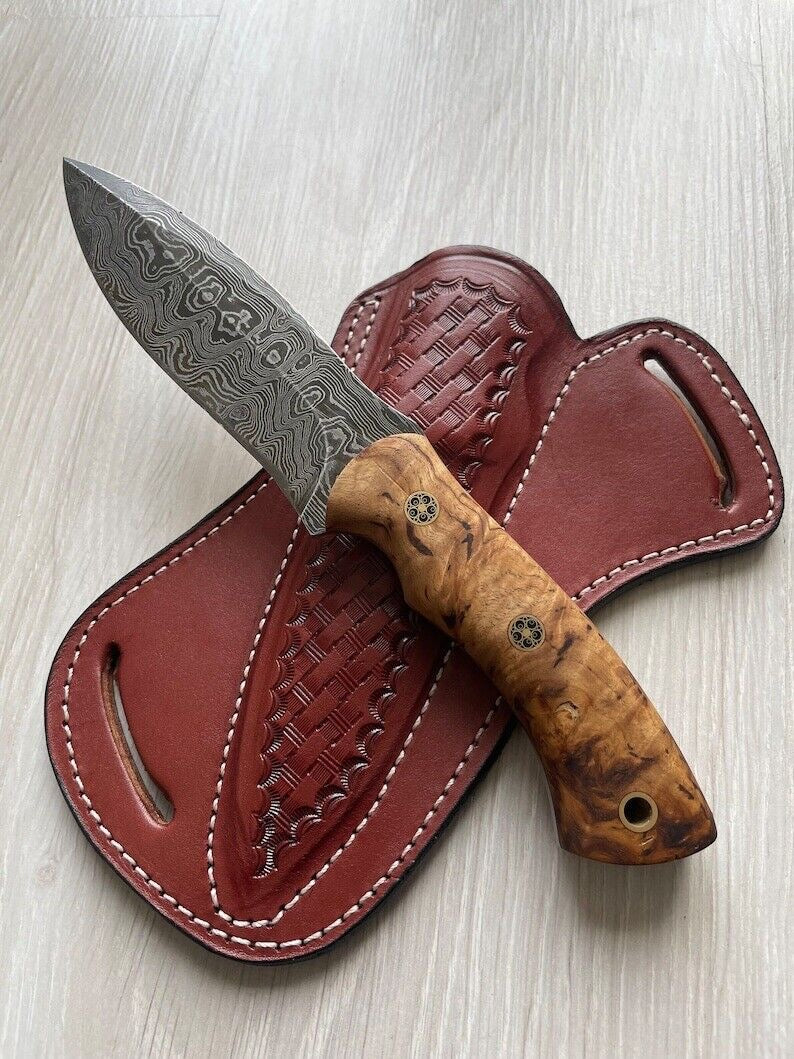
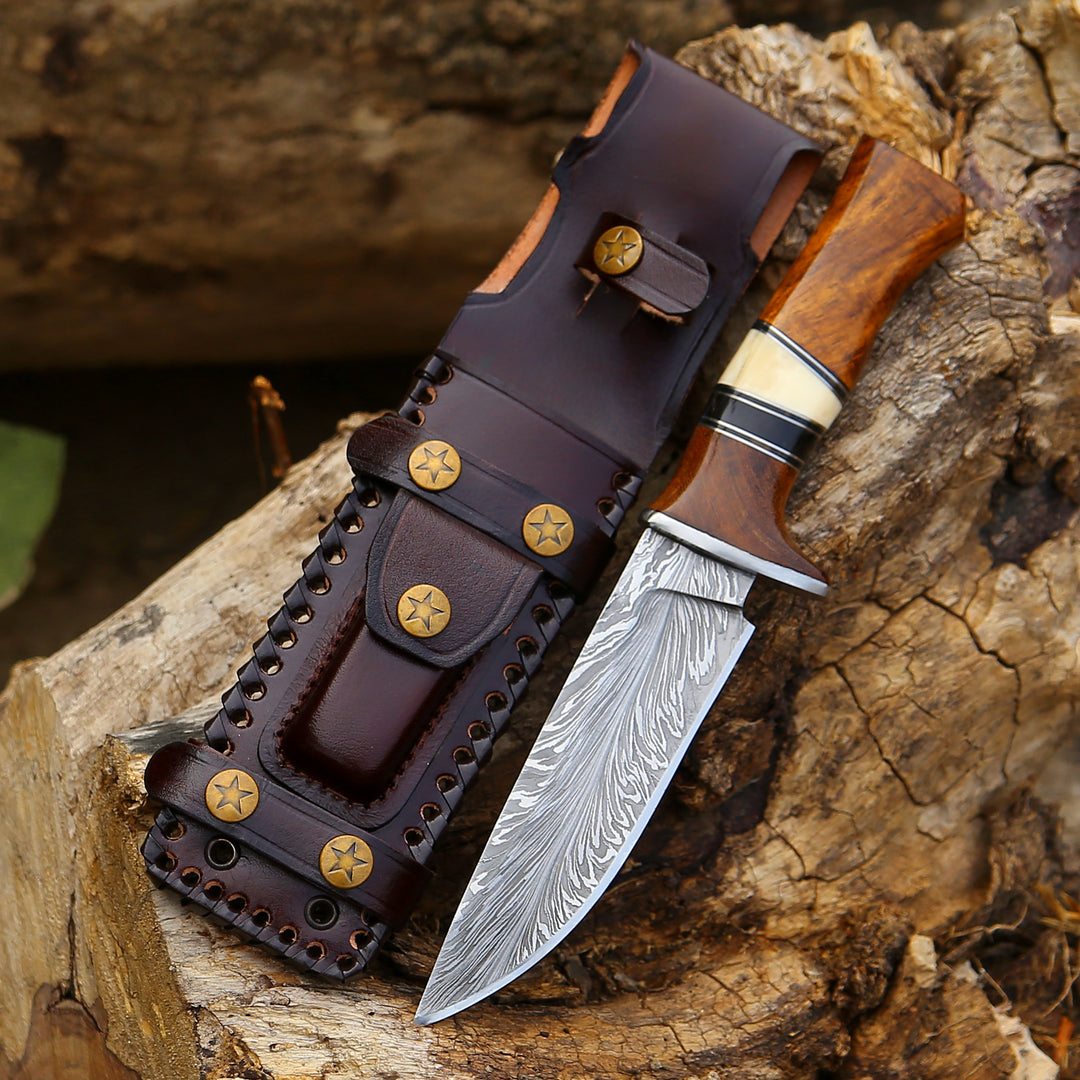

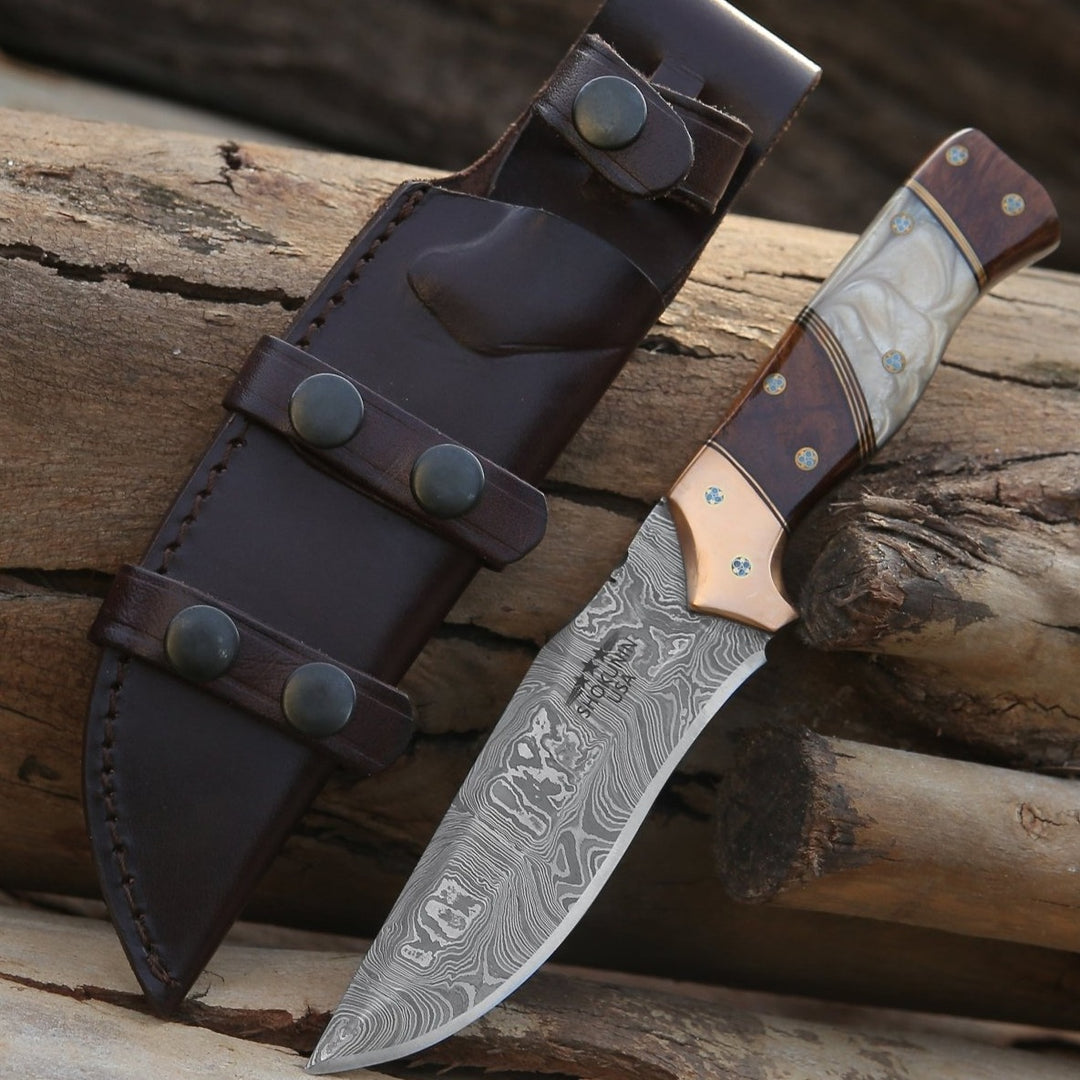
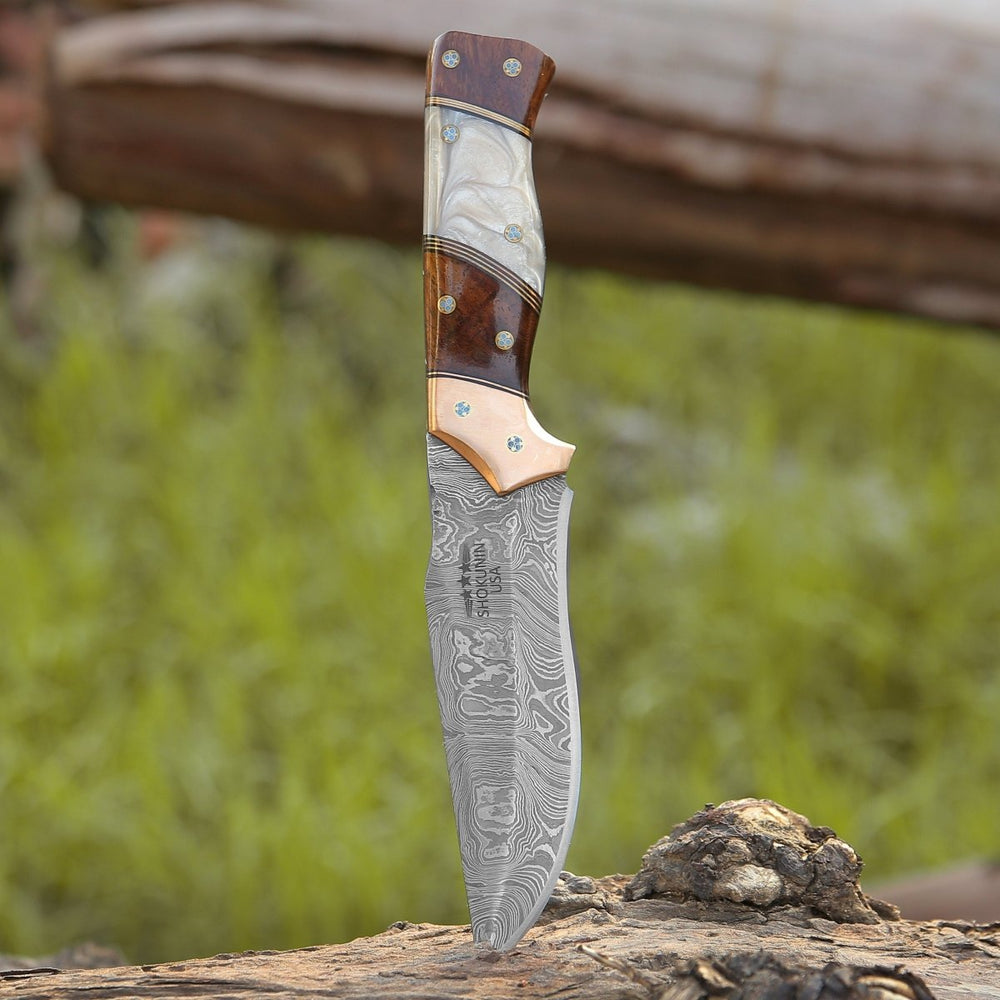

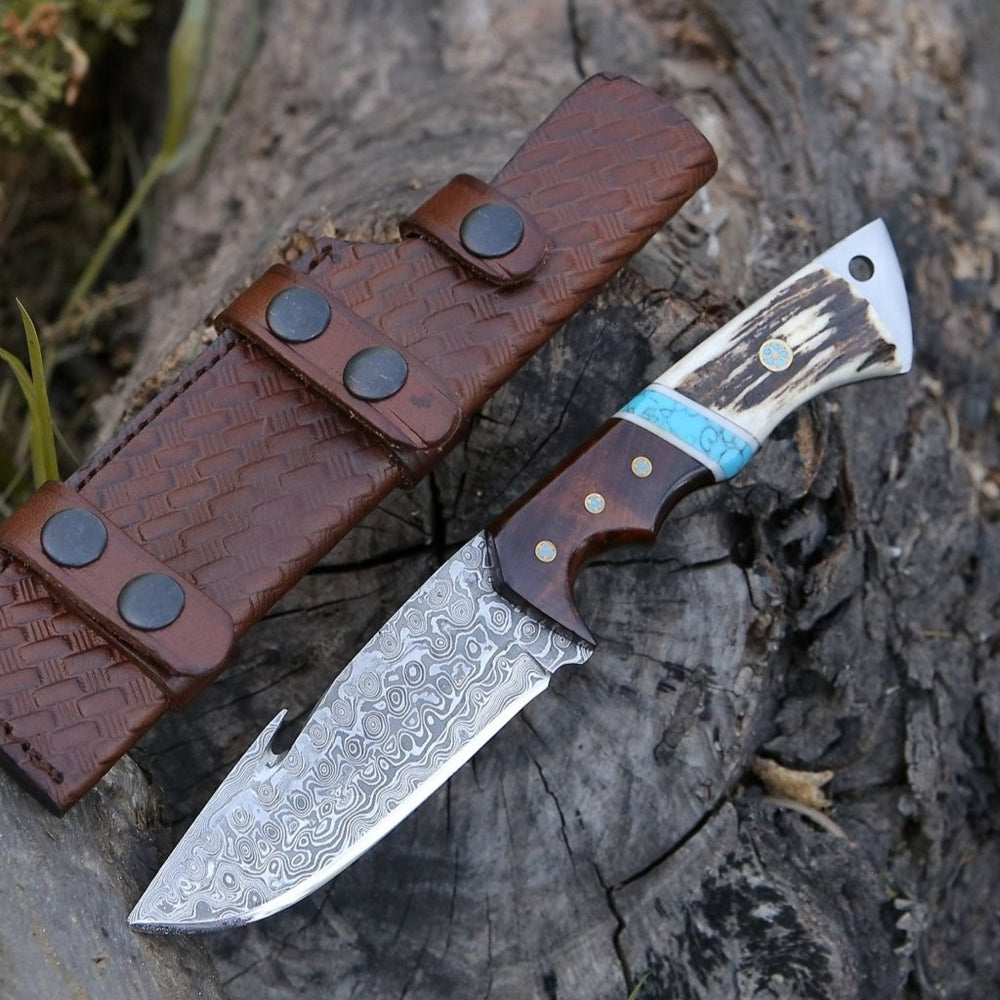
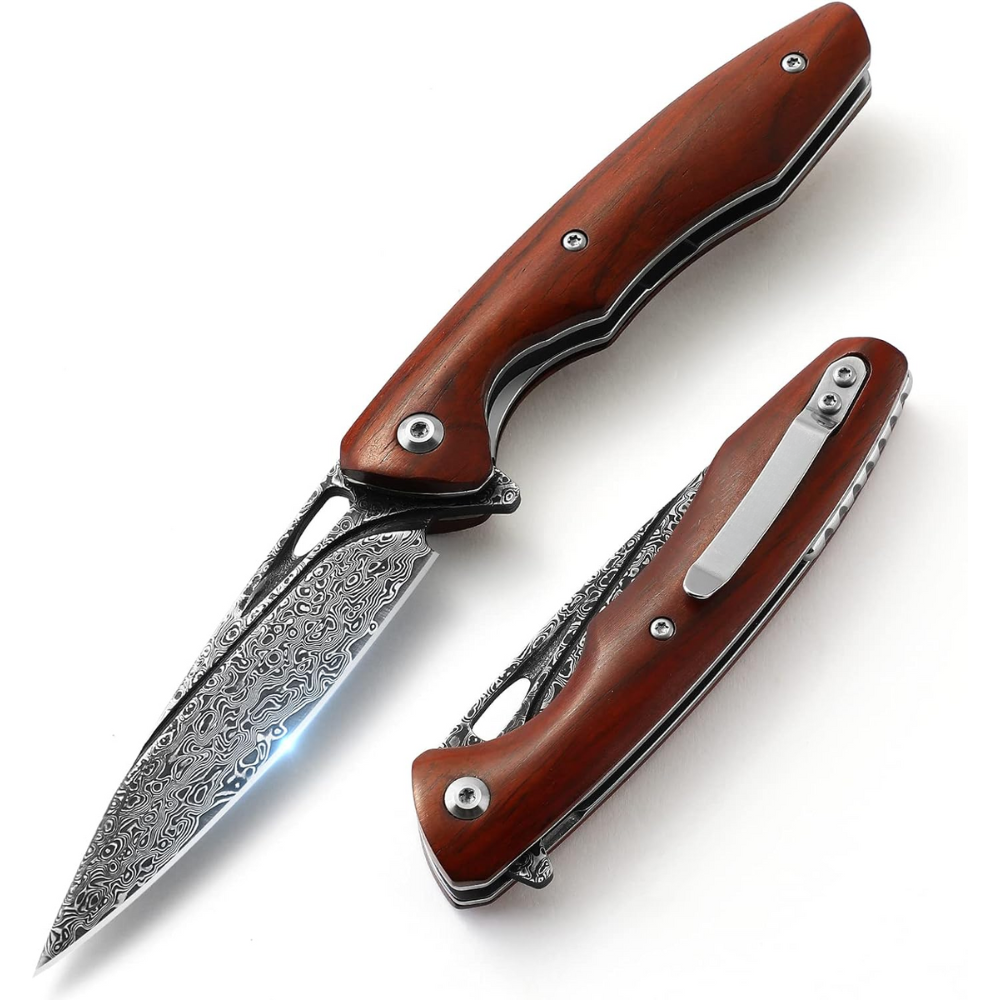
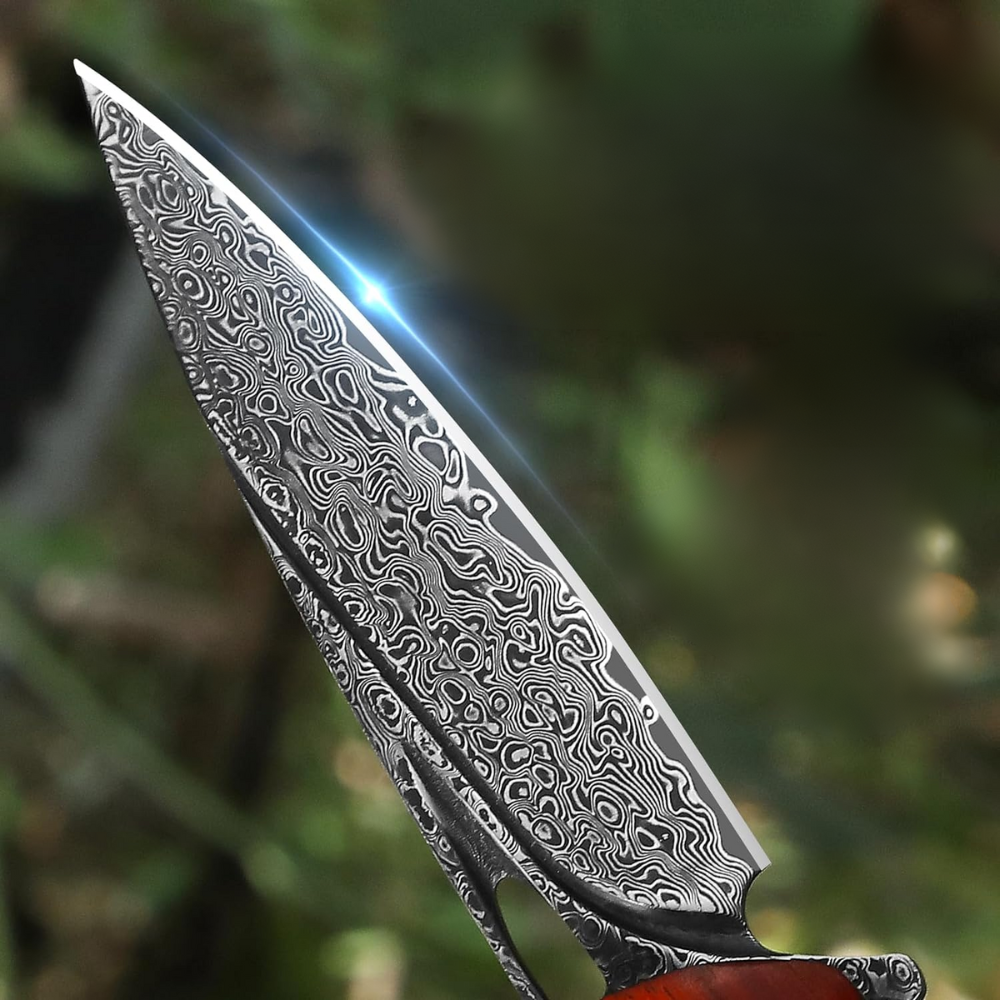
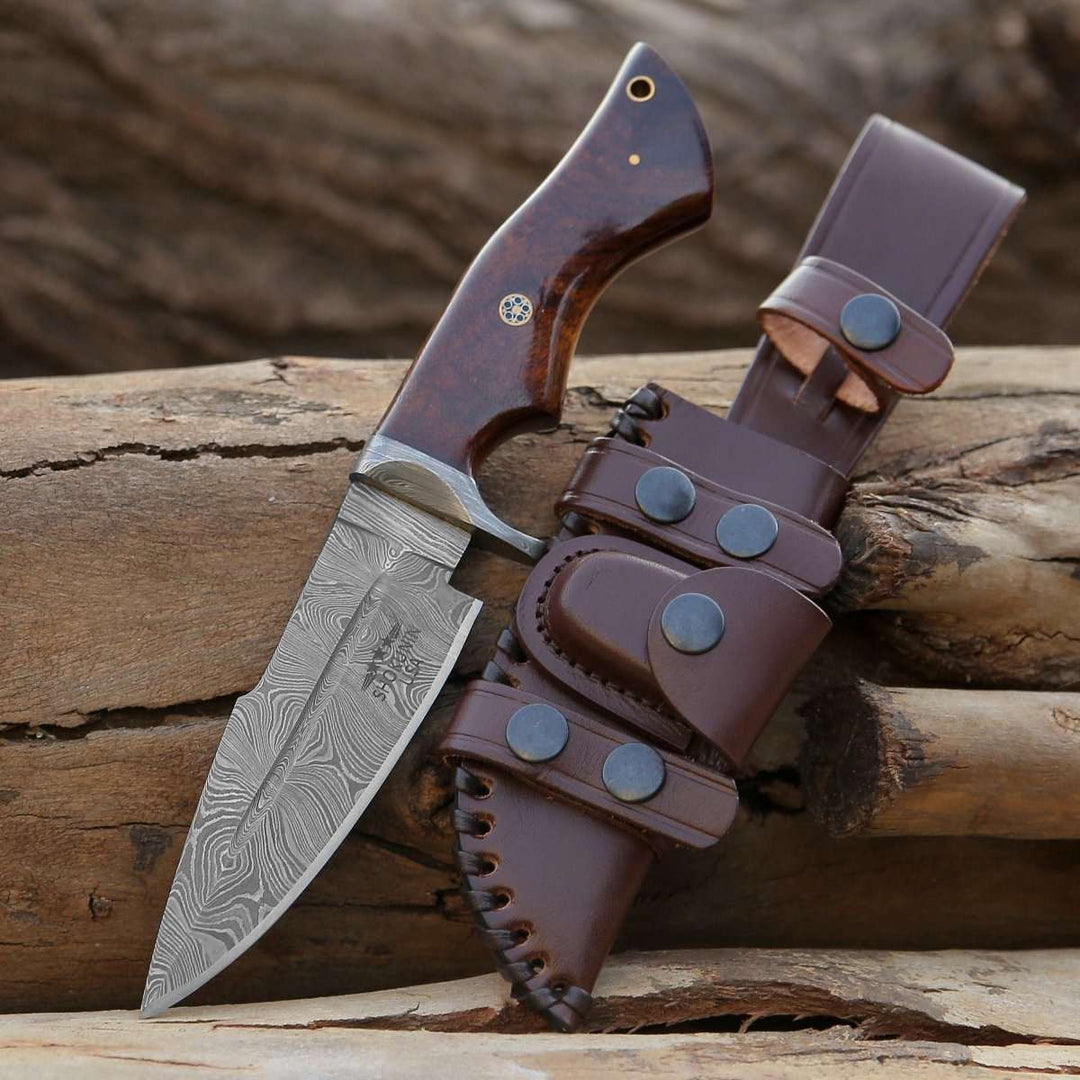
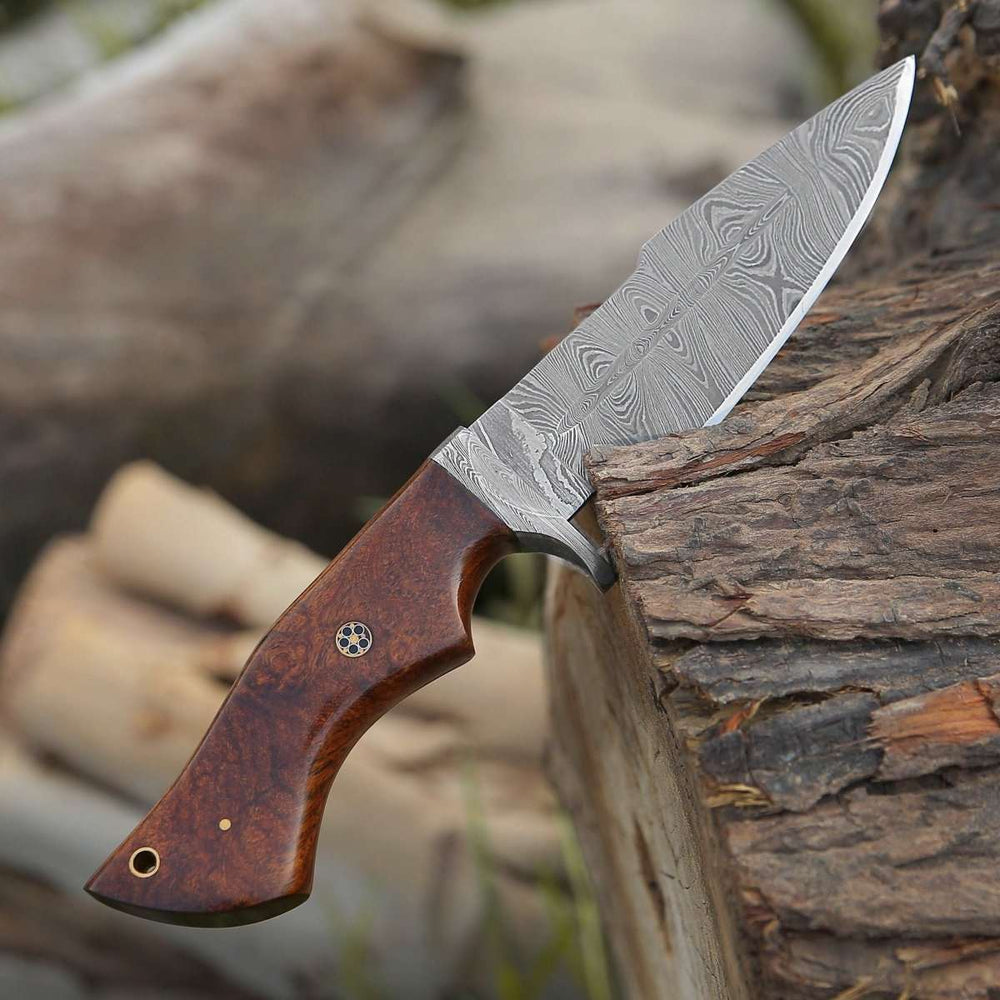
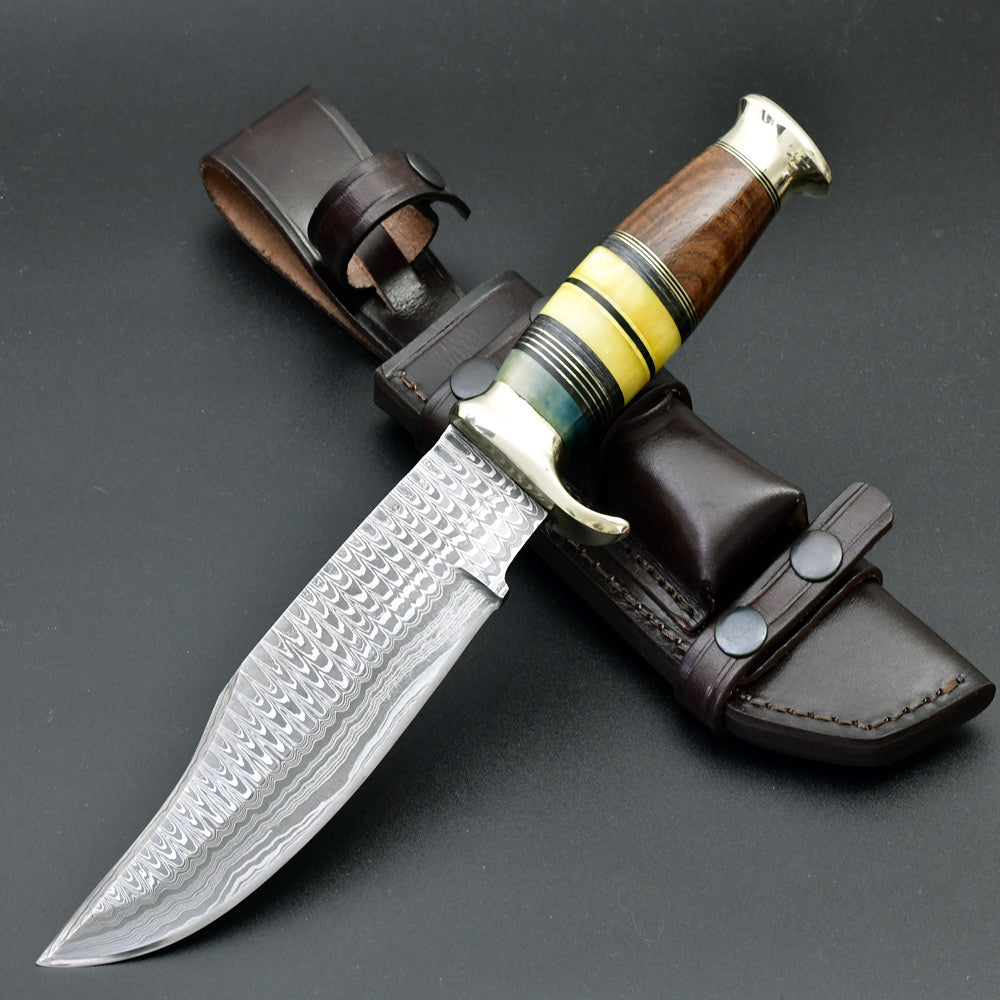
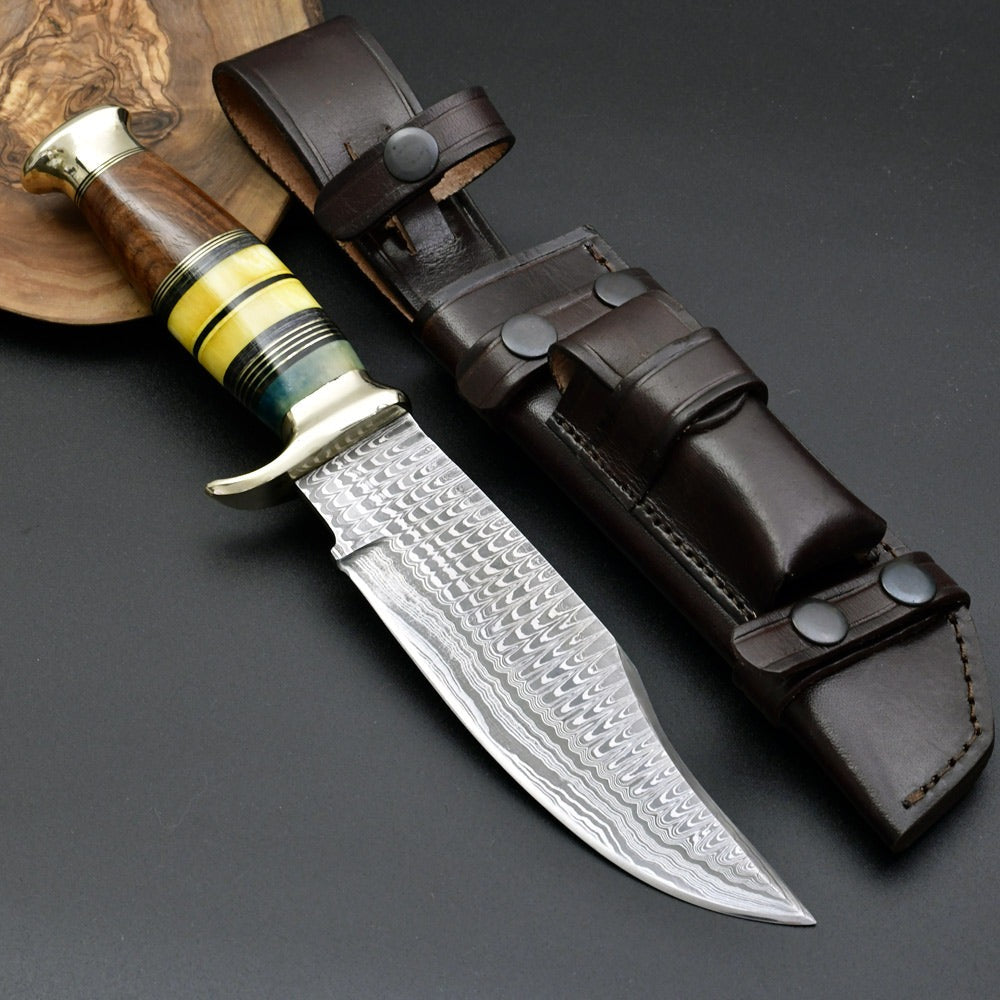
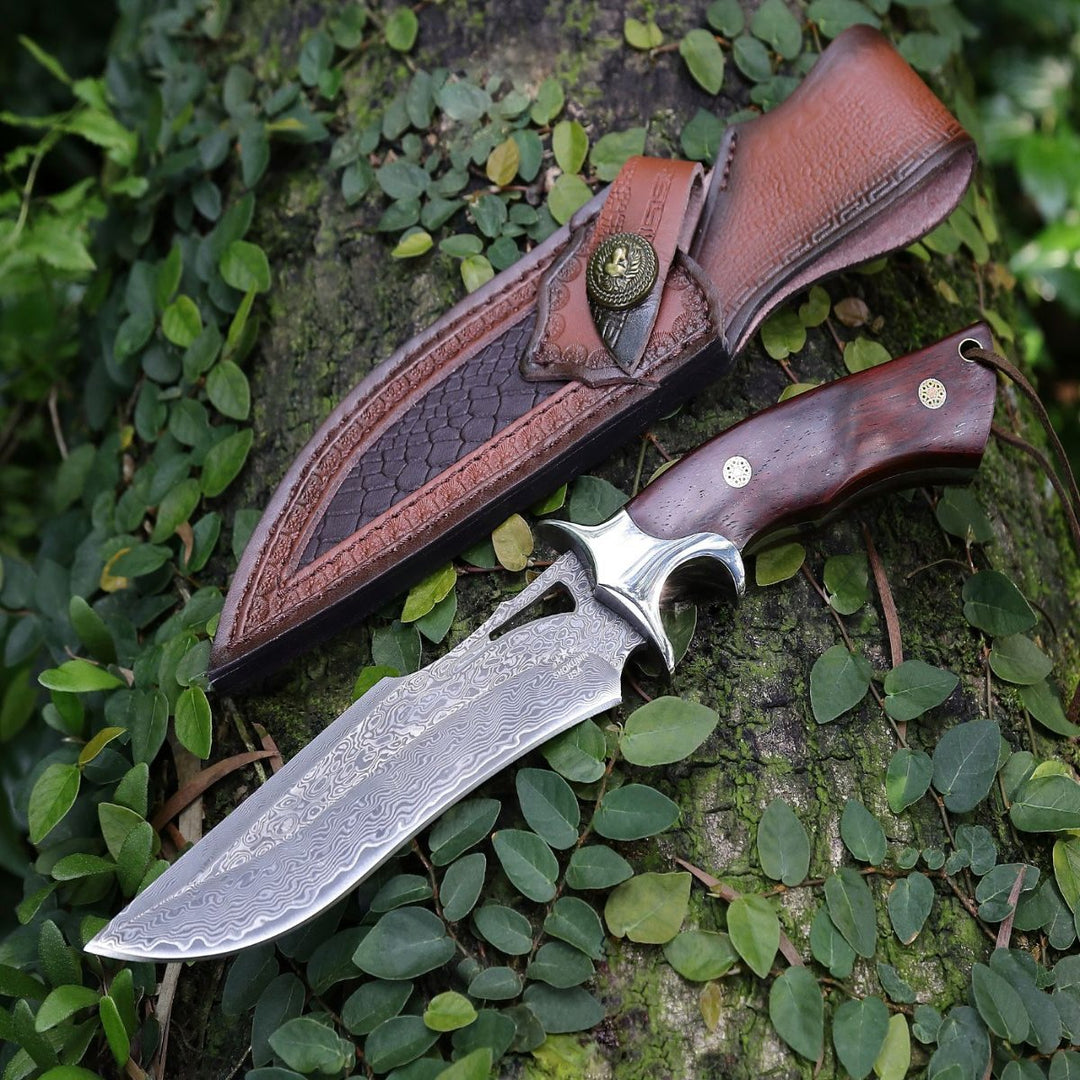
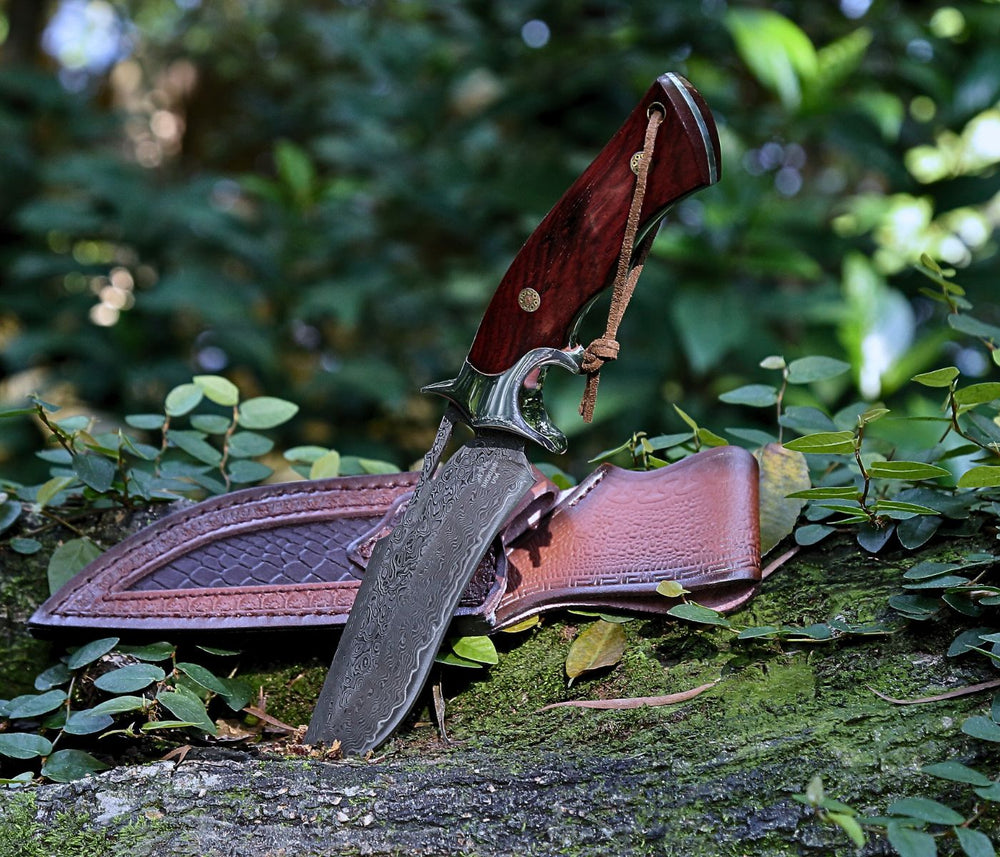
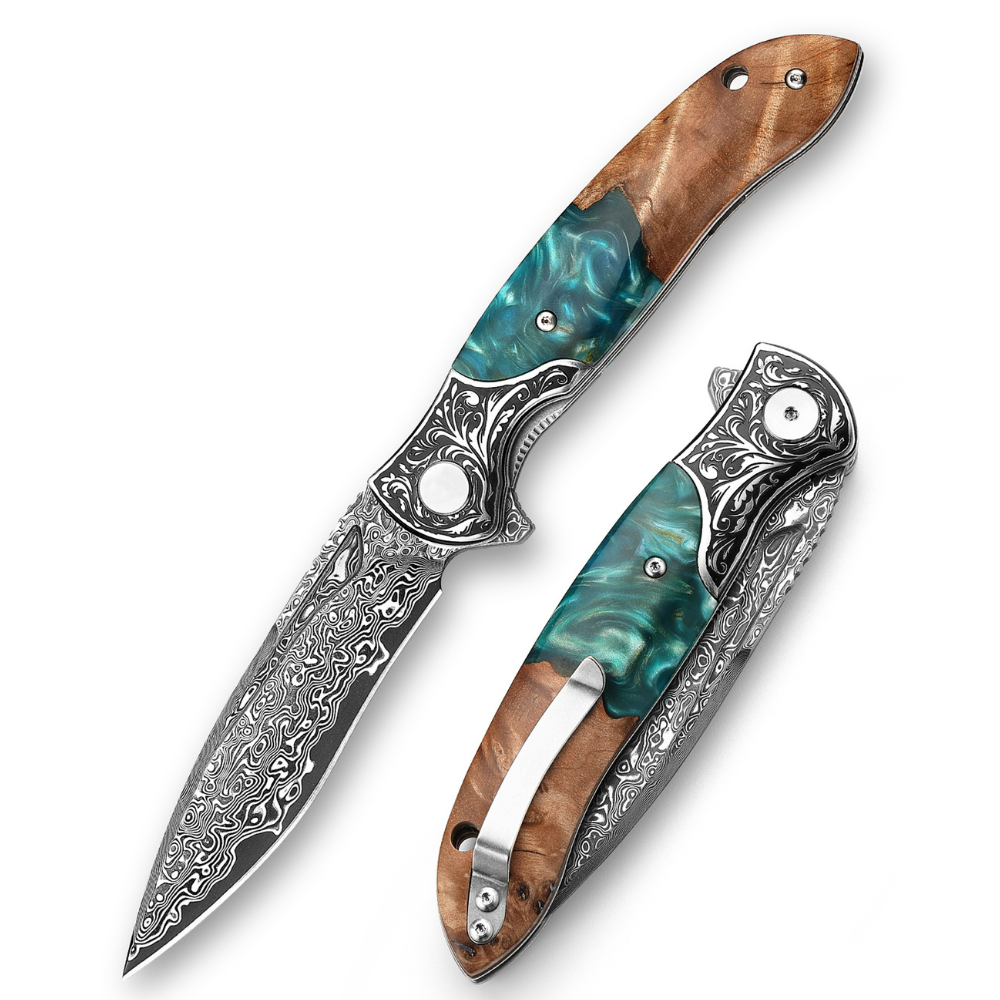
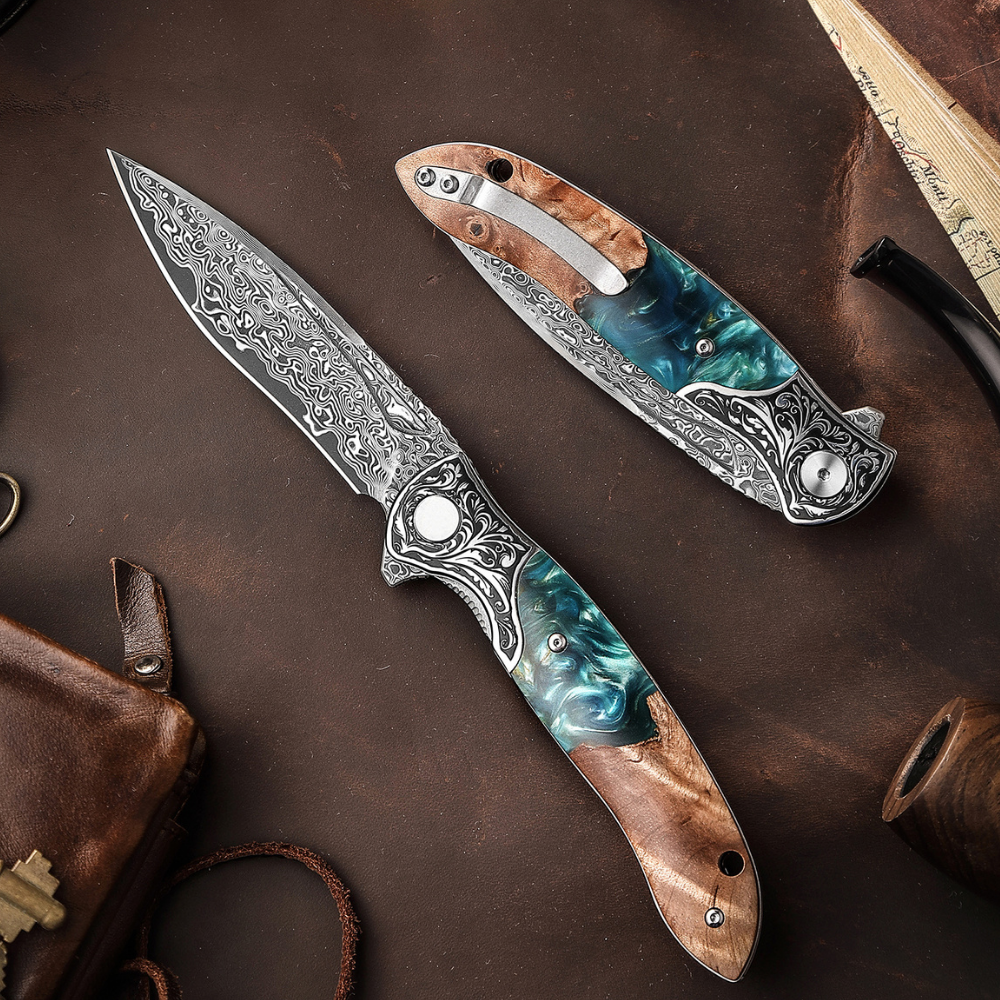
Leave a comment